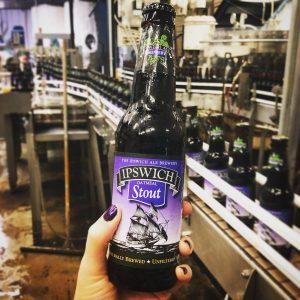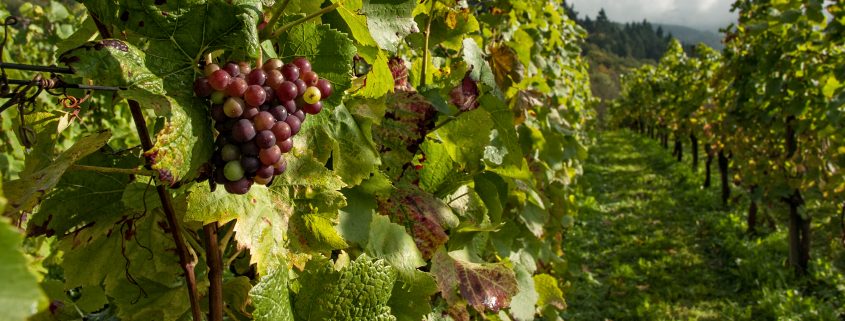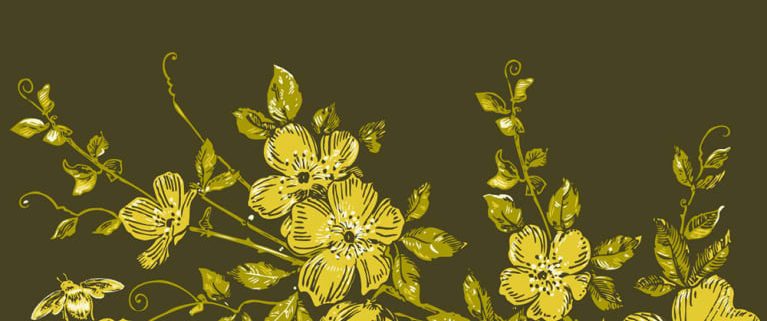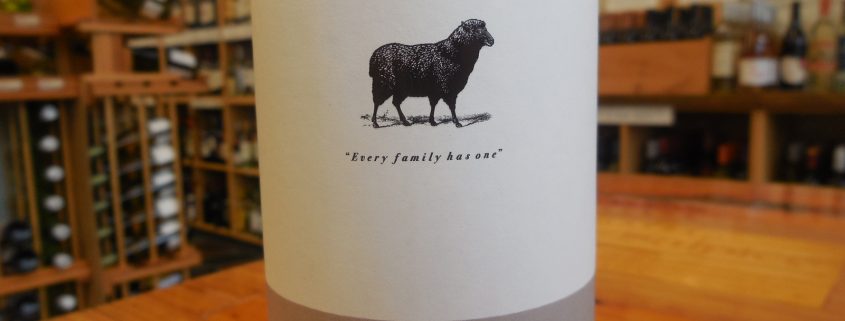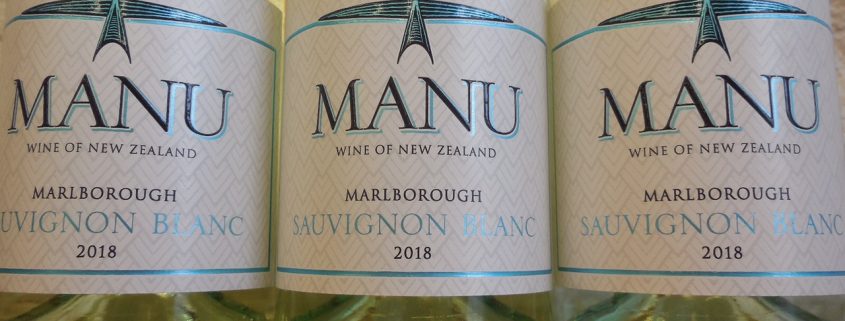Thanksgiving is around the corner (we can’t believe it either)!!! Don’t procrastinate this year… get ahead of the game and shop our delicious wines that pair perfectly with appetizers, turkey, and dessert. We’re making it easy for you with our Turkey Day Wine Guide!
Aperitifs:
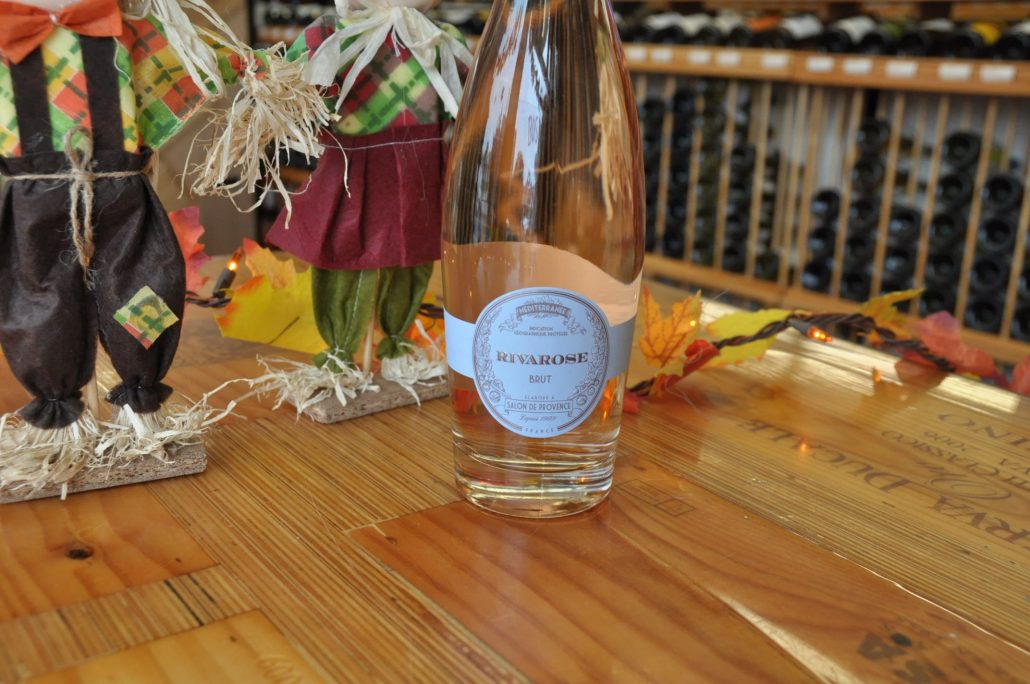
Riva Rosé is a delicious sparkling rosé from the Mediterranean. The wine displays delicate yet persistent bubbles. The nose exudes aromas of small red fruits such as strawberry and raspberry. The palate offers refreshing notes of grapefruit and spice. Perfect for aperitifs and to possibly drown out the noise of your relatives… haha, just kidding!
The Main Meal:
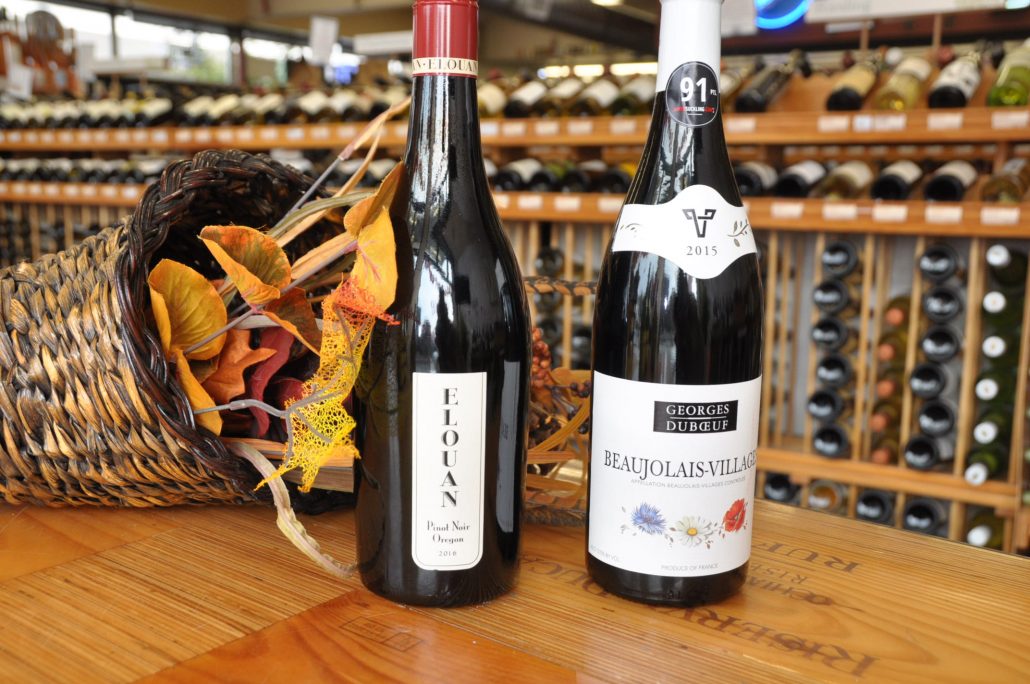
Pinot Noir Wines are a perfect pairing for turkey! Here are two that we love –
- Elouan Pinot Noir Dark: Shimmering ruby red. Deep notes of plum, red cherries and blackcurrant jam with subtle touches of toasty vanilla and spice. Rich, ripe fruit flavors of plum, cherry, mixed berry jam, and blackberry. Smooth tannins round out the mouthfeel.
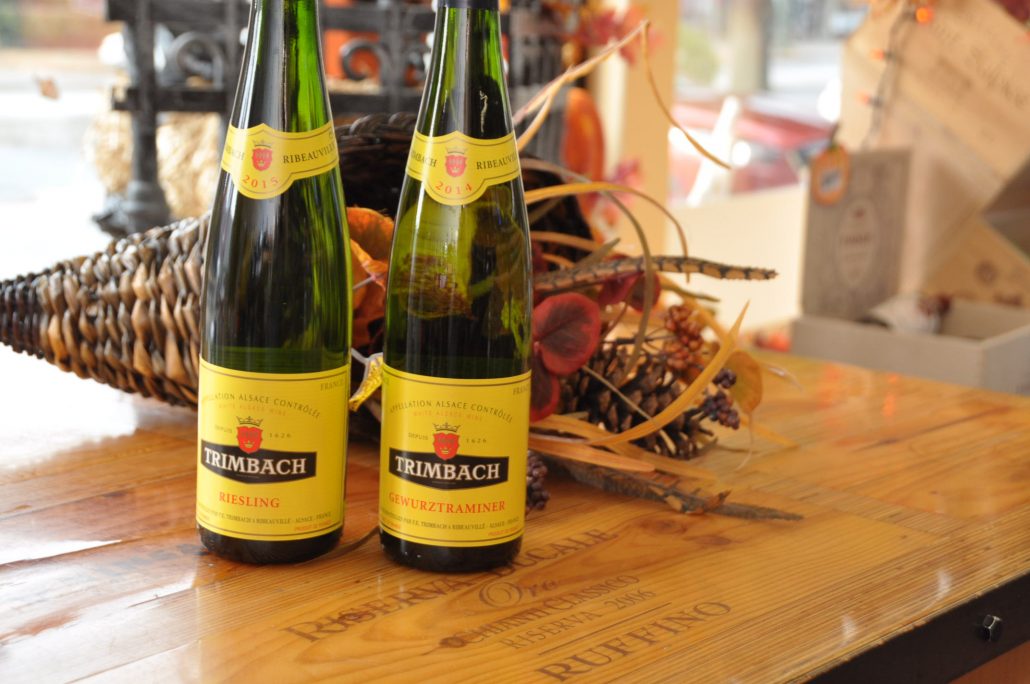
Along with a good red, we also love a good white wine to pair with turkey. Here are two delicious white wines from Trimbach.
- Trimbach Reisling: The nose shows restrained citrus and a slightly lifted, very slightly aromatic touch of conifer. The palate is taut and slender, presenting sober, clean citrus flavors. This stands upright and has a wonderful backbone of freshness.
- Trimbach Gewurztraminer: A very shy nose just releases the most teasing hint of peach. The palate is utterly restrained: peach flavors are dry and brightened by lemon and have a wonderful lightness of touch. The finish is dry, clean and long.
Dessert/After-dinner Drink:
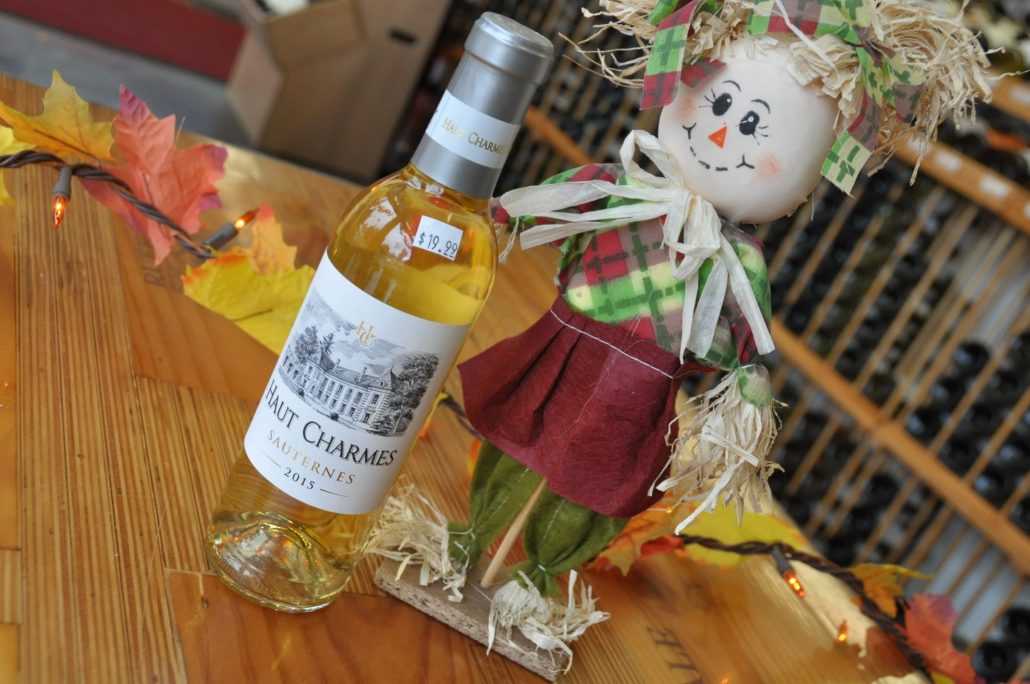
You can’t forget about the post-feast wine! A great dessert wine is in order
Haut Charmes Sauternes 2015: Haut Charmes is a very special Sauternes bottling, made from the younger vines of the region’s most legendary château. While we aren’t allowed to actually reveal the source, it’s safe to say its location in the Ciron Valley exposes the Sauvignon Blanc and Sémillon fruit to conditions perfect for the development of botrytis. Charming, elegant and an exceptional value for what’s in the bottle.
Not in love with these wines?! Head on in and let us help you choose the perfect wine. Our educated staff is always happy to help!
Thanks,
The Mystic Wine Shoppe Team

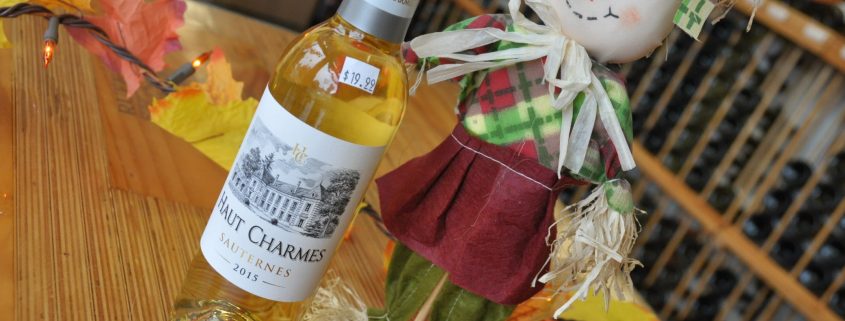
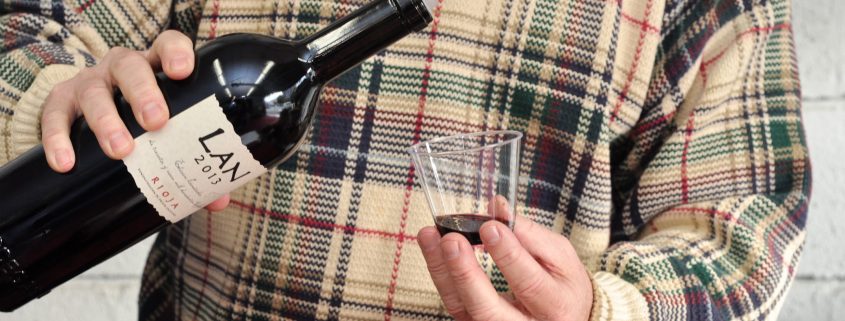

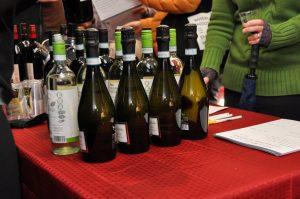
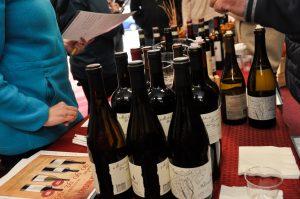
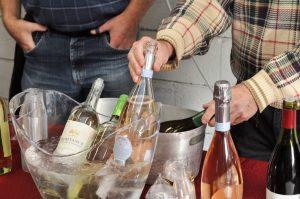
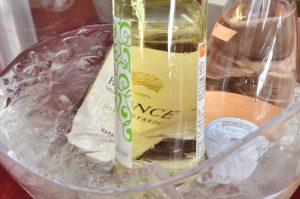
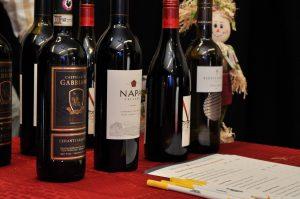
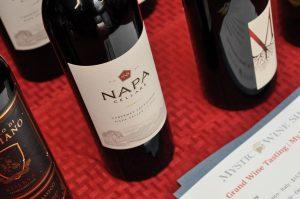
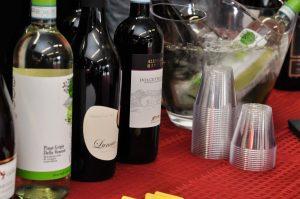
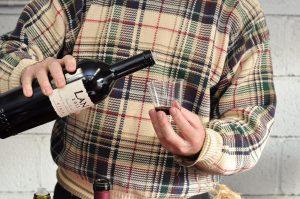
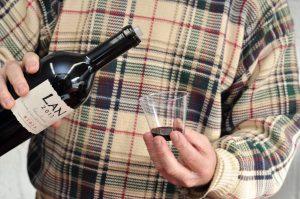

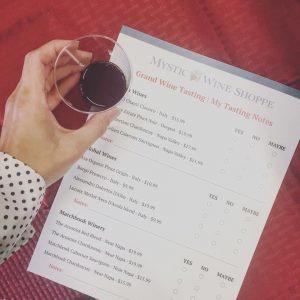

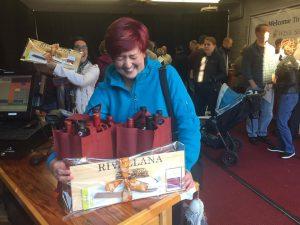

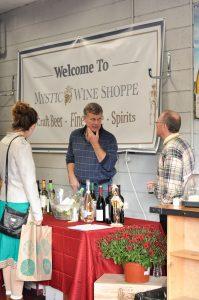
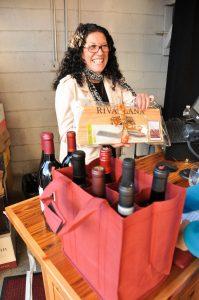

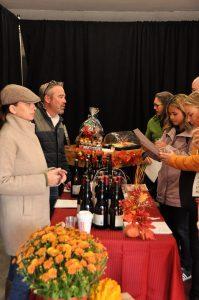

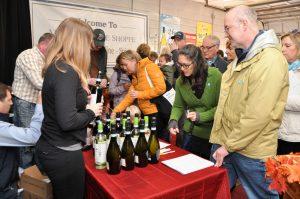
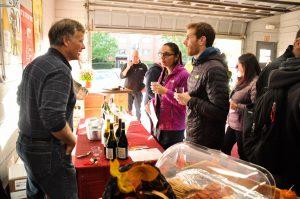
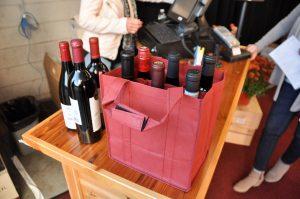
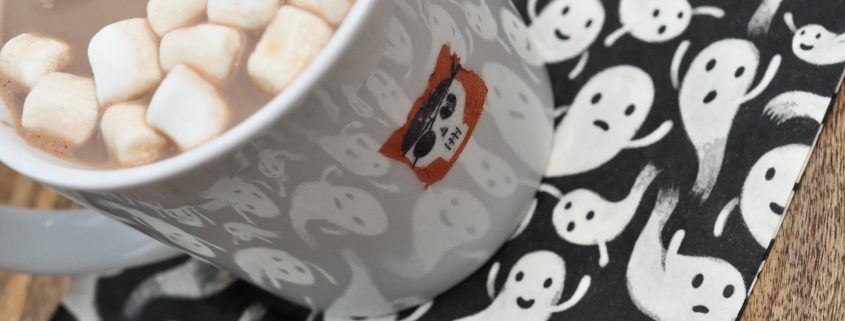
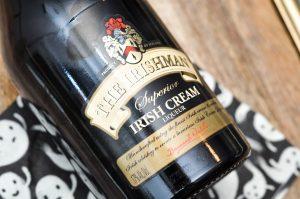
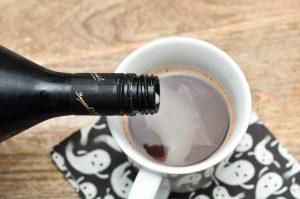
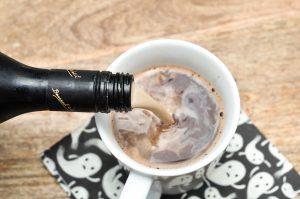

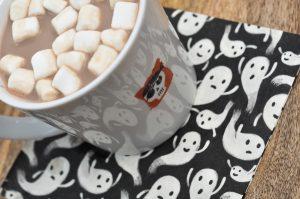
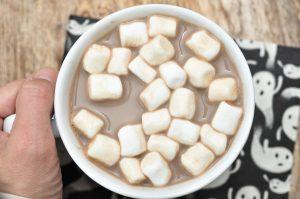
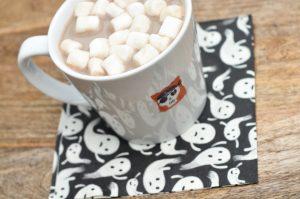
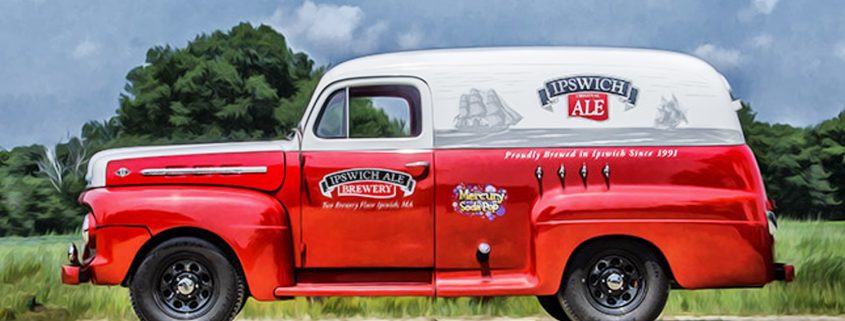
 productions, and to Director of Operations! In 1999, he bought the brewery and molded and showcased it into the reputable, lovable brand we see today.
productions, and to Director of Operations! In 1999, he bought the brewery and molded and showcased it into the reputable, lovable brand we see today.
